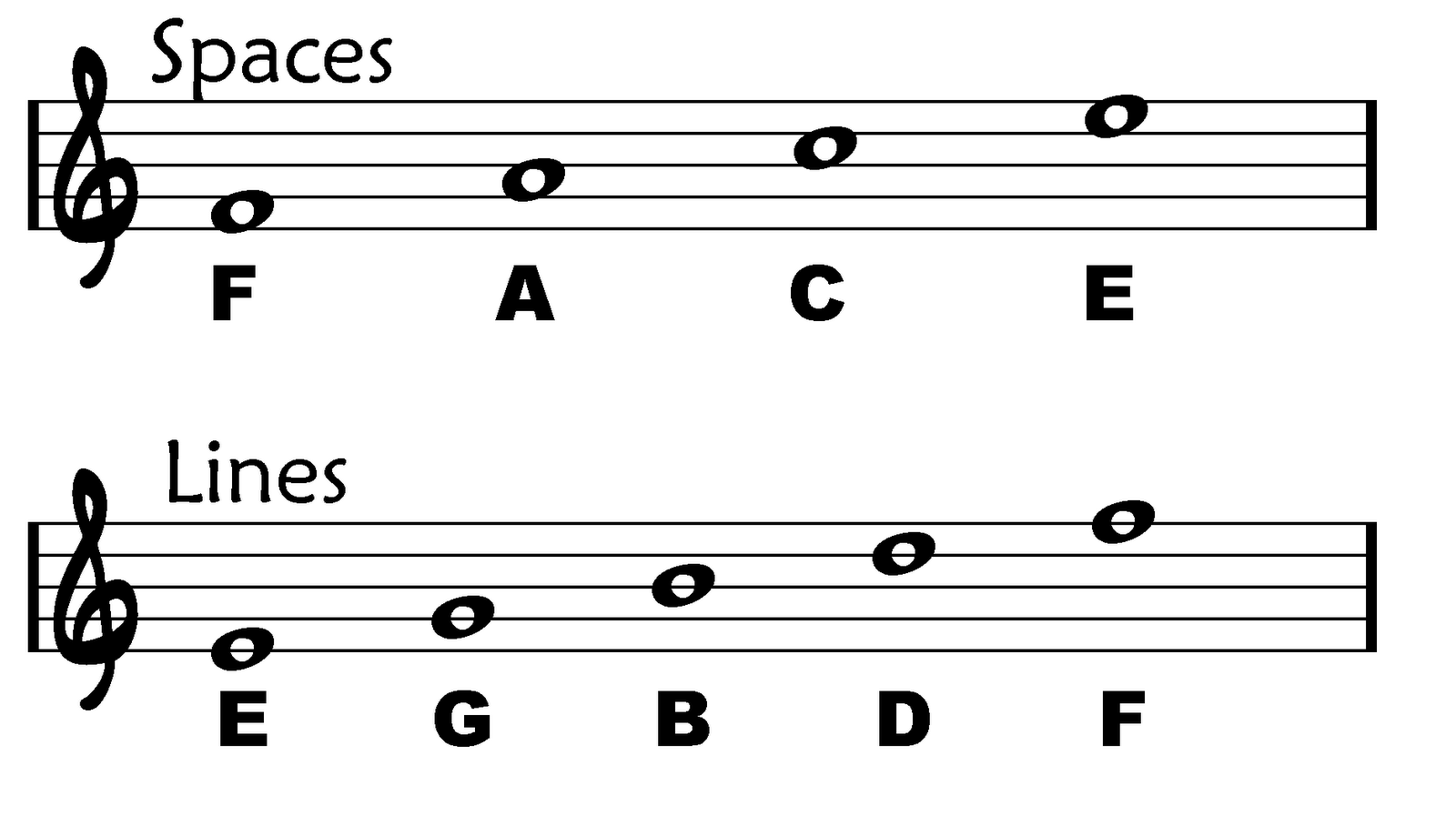Music has the extraordinary ability to transcend barriers and resonate with the soul. One of the most fundamental symbols in music notation is the treble clef, which serves as a guide for musicians navigating the world of melodies. Understanding the lines and spaces of the treble clef is essential for anyone wishing to read and create music effectively. The treble clef is not just a decorative symbol; it represents a specific range of pitches that are vital for various instruments and vocal ranges. By mastering the lines and spaces of this clef, musicians can unlock the door to countless musical possibilities.
Within the treble clef, a five-line staff is used to denote different notes. Each line and space corresponds to specific pitches, forming the foundation upon which musicians build their skills. From the soaring notes of a violin to the sweet tones of a flute, the lines and spaces of the treble clef play a pivotal role in the expression of music. This article aims to delve deeper into the intricacies of the treble clef, shedding light on its significance and the roles it plays in musical notation.
As we explore the lines and spaces of the treble clef, we’ll answer essential questions that will enhance your understanding and appreciation of this musical symbol. Whether you are a beginner looking to learn music theory or an experienced musician wanting to refresh your knowledge, this guide will provide valuable insights into the world of the treble clef.
What Are the Lines of the Treble Clef?
The treble clef is comprised of five lines, each representing a specific note. The lines, from bottom to top, are E, G, B, D, and F. A common mnemonic device to remember these notes is "Every Good Boy Does Fine." Each note corresponds to a line on the staff, allowing musicians to identify pitches quickly.
What Are the Spaces of the Treble Clef?
In addition to the lines, the treble clef features four spaces. These spaces also represent notes, which are F, A, C, and E. An easy way to remember these notes is through the word "FACE." Understanding these spaces is crucial for accurately reading music written in the treble clef.
How Do the Lines and Spaces of the Treble Clef Work Together?
The lines and spaces of the treble clef work in harmony to create a comprehensive system for notating music. Each note's position on the staff—whether it falls on a line or in a space—determines its pitch. This organization allows musicians to interpret and perform music accurately, whether they are playing an instrument or singing.
Why Is the Treble Clef Important in Music?
The treble clef is crucial for various musical instruments, including the piano, violin, flute, and trumpet. It indicates which notes to play and helps musicians understand the melody of a piece. The use of the treble clef extends beyond instruments; it is also essential for vocalists, particularly sopranos and altos.
How Can You Practice Reading the Lines and Spaces of the Treble Clef?
Practicing the lines and spaces of the treble clef can enhance your music reading skills. Here are some effective methods to improve your proficiency:
- Flashcards: Create flashcards with notes on one side and their corresponding lines or spaces on the other.
- Online Games: Engage with interactive music theory games that reinforce the identification of notes.
- Sheet Music: Regularly read sheet music to familiarize yourself with different pieces and their notation.
- Practice Instruments: Play an instrument that utilizes the treble clef to apply your knowledge practically.
What Are Some Common Mistakes When Learning the Treble Clef?
When learning the lines and spaces of the treble clef, beginners often make a few common errors. Misidentifying notes, forgetting mnemonic devices, and not practicing consistently can hinder progress. To overcome these challenges, it’s essential to maintain a regular practice schedule and seek feedback from experienced musicians or instructors.
Conclusion: Mastering the Lines and Spaces of the Treble Clef
Understanding the lines and spaces of the treble clef is vital for anyone interested in music. By mastering this foundational element, musicians can enhance their ability to read and perform music accurately. Whether you are a novice or an experienced player, continuous practice and exploration of the treble clef will undoubtedly enrich your musical journey.
In summary, the treble clef is more than just a symbol; it is a key to unlocking the world of music. Embrace the lines and spaces of the treble clef, and you will find yourself immersed in the captivating realm of melodies and harmonies.


